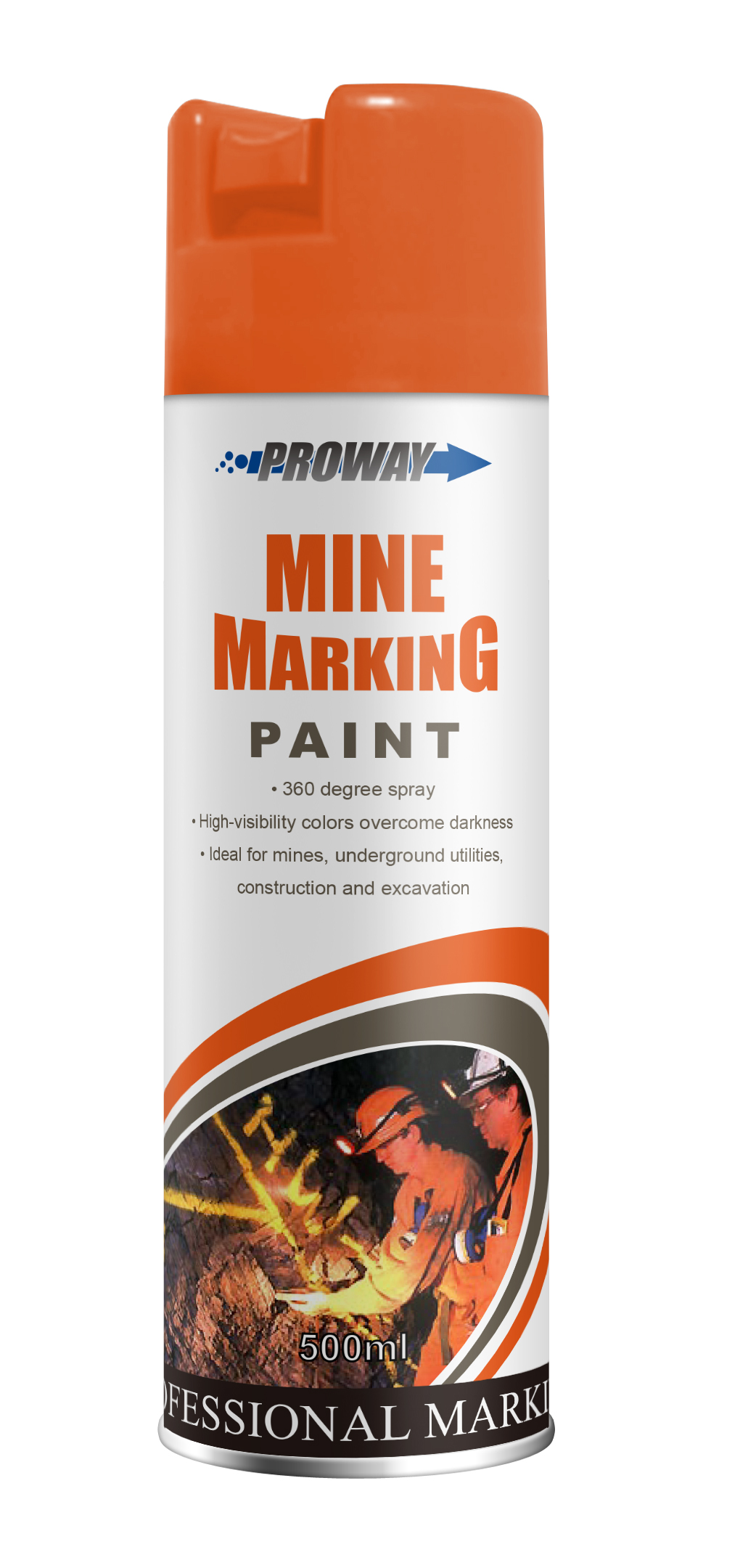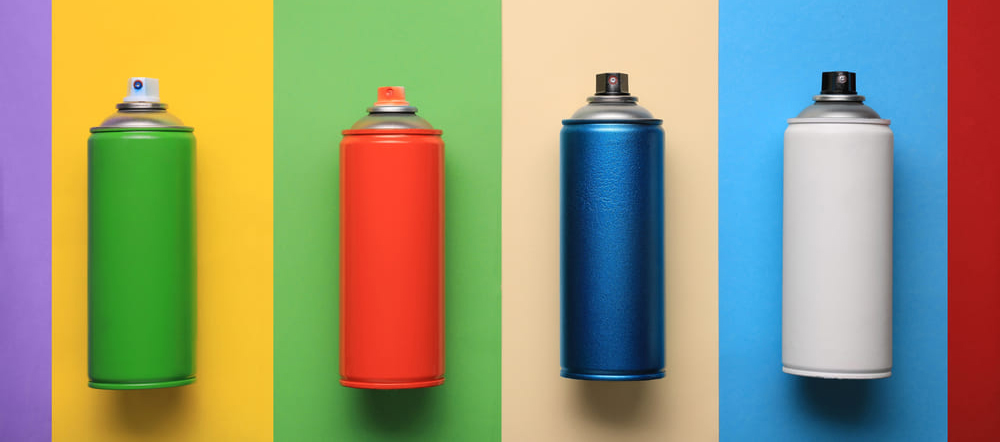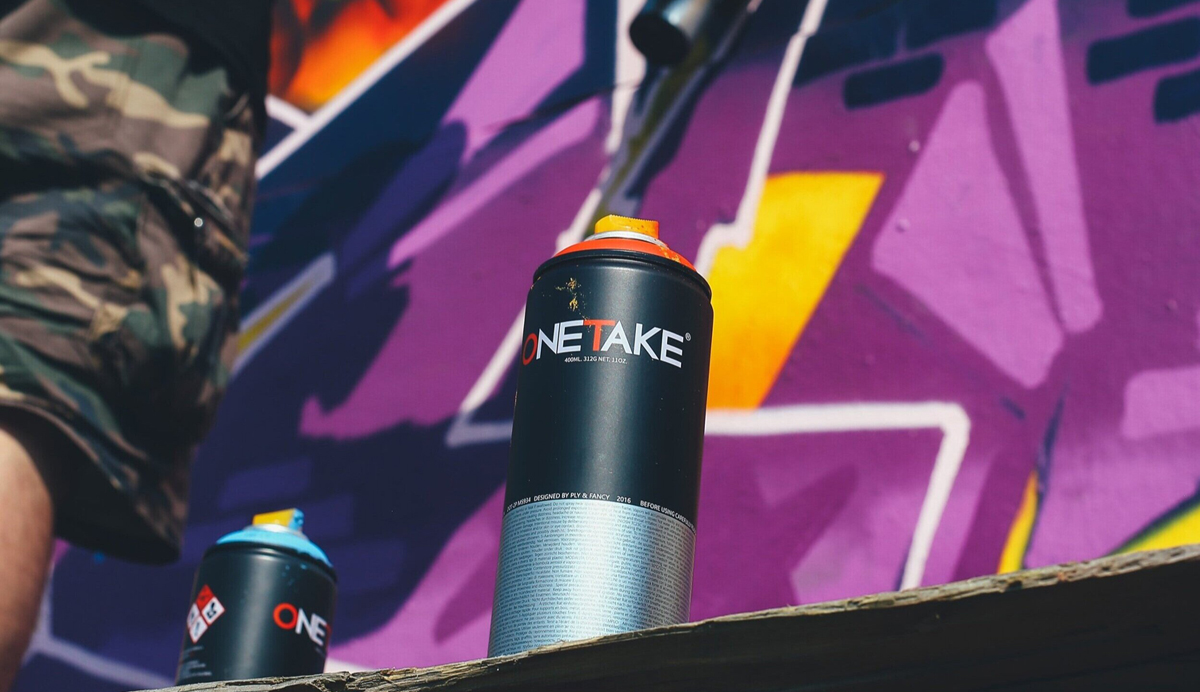Uneven paint spraying can be frustrating, especially when you’re working on detailed or large surfaces. Here are some key steps to troubleshoot and resolve the issue:
1. Check the Paint Consistency
- Too Thick or Too Thin: If the paint is too thick, it can clog the nozzle, causing uneven spray patterns. On the other hand, if it’s too thin, it might spray too lightly or drip. Make sure the paint is properly mixed and at the right viscosity.
- Solution: If it’s too thick, you can dilute the paint slightly with water or a thinner (depending on the type of paint). If it’s too thin, try adding a little more paint to achieve the right consistency.
2. Inspect the Spray Gun or Nozzle
- Clogs or Build-up: Over time, paint residue can build up inside the spray gun, especially if it’s oil-based or has dried on the nozzle. This can cause the spray to become uneven or splattered.
- Solution: Clean the spray gun thoroughly before and after each use. Pay special attention to the nozzle and air cap. If necessary, disassemble the gun and use a solvent to clean the components.
3. Adjust the Pressure
- Inconsistent Pressure: If the air pressure isn’t consistent or too high/low, the paint won’t be distributed evenly.
- Solution: Check the air compressor settings. Aim for the pressure recommended for the type of paint you are using. Most spray guns work best at around 30-40 PSI, but this can vary based on the specific gun and paint type.
4. Spray Technique
- Wrong Distance or Angle: Holding the gun too close or too far from the surface, or spraying at the wrong angle, can cause uneven coverage. Too close can lead to paint build-up, while too far can result in a light mist that doesn’t adhere properly.
- Solution: Maintain a consistent distance (usually around 6–8 inches) from the surface and keep the gun perpendicular to the surface. Always move your hand steadily across the area with overlapping passes.
5. Spray Pattern and Settings
- Incorrect Spray Pattern: Different spray guns have various settings to control the fan width, spray pattern, and the amount of paint released. If these aren’t set properly, it can lead to uneven application.
- Solution: Adjust the nozzle to create an even, consistent spray pattern. Test on a piece of scrap material before you begin your project. Many spray guns allow you to adjust the fan pattern (horizontal, vertical, or circular), so choose the one that works best for your project.
6. Environmental Factors
- Temperature and Humidity: Paint can behave unpredictably in extreme conditions. High humidity or very cold temperatures can cause the paint to dry too quickly or unevenly, leading to streaks or patches.
- Solution: Try to spray in a controlled environment where the temperature is moderate and humidity is low. If you’re spraying outdoors, avoid windy or rainy days.
7. Surface Preparation
- Unprepared Surface: If the surface isn’t prepped properly (i.e., it’s too dirty, dusty, or not primed correctly), the paint may not adhere evenly.
- Solution: Clean the surface thoroughly and sand it if necessary to create a smooth, even base for the paint. Apply a primer if required, especially if you’re painting a porous or slick surface.
8. Spray Gun Quality and Condition
- Poor Quality Gun or Wear and Tear: Over time, the internal components of spray guns can degrade, causing uneven spray.
- Solution: Ensure you’re using a high-quality spray gun that suits your project. If your gun is older, it might need replacement parts or upgrading.
9. Test and Practice
- Test the Spray: Before spraying your actual surface, always do a test on scrap material. This will help you adjust the settings, technique, and material mix without ruining the final product.
By checking these factors, you can usually fix the uneven spray problem. It might take some trial and error to get it just right, but once you find the right technique and settings, the results should be much smoother!
Are you working on a particular project, or is this a general paint-spraying issue you’re facing?
From: Marking Paint Manufacturer https://www.marking-paint.com



